Global automotive airless radial tire market is expected to reach USD XX million by 2026, at a CAGR of XX% from 2019 to 2026. The use of bio-oils in the manufacturing process of airless tires, adoption of nanotechnology in airless tires to reduce wear & tear, and improving safety against tire blowout are the major trends for the demand of the market.
Market Overview:
Automotive airless radial tires are non-pneumatic automotive tires made of rubber treads and filled with a compound of rubber and plastic. These tires provide a smoother ride, longer tire life, and reduced beating on the machine. These tires has various advantages such as no need to maintain air pressure and does not have blowouts. The automotive airless radial tires are used in applications including construction vehicles, military vehicles, and off-road vehicles. For instance, in 2018, Michelin launched new Michelin X Tweel UTV 26x9N14 airless radial tire, a 26-inch airless radial tire designed for use in light-tactical vehicles. These tires have no air pressure to maintain and eliminates the need to carry spare tires, tools, or repair kits.
Report Description:
Market Dynamics:
Drivers:
Restraints:
Opportunities:
Challenges:
Global Automotive Airless Radial Tire Market Key Findings:
All the segments have been analyzed on global, regional and country basis. The study includes an analysis of more than 30 countries for each segment.
Segmentation Analysis:
The automotive airless radial tire market is segmented on the basis of product type and application.
Regional Segmentation Analysis:
The market is analyzed on the basis of five regions namely North America, Europe, Asia Pacific, South America, and the Middle East and Africa. Asia Pacific region held the largest market share whereas the North America region held the second dominant position in the global automotive airless radial tire market
Global Automotive Airless Radial Tire Market Competitive Analysis:
Key players in the automotive airless radial tire market are Bridgestone Corporation, Continental AG, Pirelli & C. S.p.A, Michelin Group, The Goodyear Tire & Rubber Co, The Yokohama Rubber Co. Ltd., Crocodile Tyres, Cooper Tire & Rubber Company, Toyo & Rubber Co. Ltd., Hankook Co. Ltd., Nokian, Goodyear, Nexen, BF Goodrich, Gunlop, Nitto, Kumho, SciTech Industries, MacNeillie, and others. The Bridgestone Corporation, Michelin Group, Hankook, Crocodile Tyres, and The Goodyear Tire & Rubber Company are the top leading players of the market.
*All our reports are customizable as per customer requirements
This study forecasts revenue and volume growth at global, regional, and country levels from 2016 to 2026. Fior Market Research has segmented the global automotive airless radial tire market on the basis of below-mentioned segments:
Global Automotive Airless Radial Tire Market, By Product Type:
Global Automotive Airless Radial Tire Market, By Application:
Global Automotive Airless Radial Tire Market, By Regions:
1. Introduction
1.1. Objectives of the Study
1.2. Market Definition
1.3. Research Scope
1.4. Currency
2. Research Methodology and Assumptions
3. Executive Summary
4. Premium Insights
4.1. Porter’s Five Forces Analysis
4.2. Value Chain Analysis
4.3. Top Investment Pockets
4.3.1. Market Attractiveness Analysis By Product Type
4.3.2. Market Attractiveness Analysis By Application
4.3.3. Market Attractiveness Analysis By Region
4.4. Industry Trends
5. Market Dynamics
5.1. Market Evaluation
5.2. Drivers
5.2.1. The Use Of Bio-Oils In Manufacturing Process Of Airless Tires
5.2.2. Adoption Of Nanotechnology In Airless Tires To Reduce Wear & Tear
5.2.3. Improving Safety Against Tire Blowout
5.3. Restraints
5.3.1. Increased Rolling Resistance
5.3.2. Fluctuating Raw Material Prices
5.4. Opportunities
5.4.1. Technological Developments In Automotive Airless Radial Tire
5.4.2. Rising Automobile Sector
5.5. Challenges
5.5.1. Increased Rolling Resistance
6. Global Automotive Airless Radial Tire Market Analysis and Forecast, By Product Type
6.1. Segment Overview
6.2. All-Steel Radial Tire
6.3. Semi-Steel Radial Tire
6.4. Full Fiber Radial Tire
7. Global Automotive Airless Radial Tire Market Analysis and Forecast, By Application
7.1. Segment Overview
7.2. Passenger Car
7.3. Commercial Vehicle
8. Global Automotive Airless Radial Tire Market Analysis and Forecast, By Regional Analysis
8.1. Segment Overview
8.2. North America
8.2.1. U.S.
8.2.2. Canada
8.2.3. Mexico
8.3. Europe
8.3.1. Germany
8.3.2. France
8.3.3. Sweden
8.3.4. Netherlands
8.3.5. U.K.
8.3.6. Italy
8.3.7. Spain
8.3.8. Turkey
8.3.9. Switzerland
8.3.10. Belgium
8.3.11. Rest of Europe
8.4. Asia-Pacific
8.4.1. Japan
8.4.2. China
8.4.3. India
8.4.4. South Korea
8.4.5. Australia
8.4.6. Singapore
8.4.7. Malaysia
8.4.8. Thailand
8.4.9. Indonesia
8.4.10. Philippines
8.4.11. Rest of Asia-Pacific
8.5. South America
8.5.1. Brazil
8.5.2. Argentina
8.5.3. Colombia
8.5.4. Rest of South America
8.6. Middle East and Africa
8.6.1. Saudi Arabia
8.6.2. UAE
8.6.3. Egypt
8.6.4. Nigeria
8.6.5. South Africa
8.6.6. Rest of Middle East and Africa
9. Global Automotive Airless Radial Tire Market-Competitive Landscape
9.1. Overview
9.2. Market Share of Key Players in the Automotive Airless Radial Tire Market
9.2.1. Global Company Market Share
9.2.2. North America Company Market Share
9.2.3. Europe Company Market Share
9.2.4. APAC Company Market Share
9.3. Competitive Situations and Trends
9.3.1. Product Launches and Developments
9.3.2. Partnerships, Collaborations, and Agreements
9.3.3. Mergers & Acquisitions
9.3.4. Expansions
10. Company Profiles
10.1. Bridgestone Corporation
10.1.1. Business Overview
10.1.2. Company Snapshot
10.1.3. Company Market Share Analysis
10.1.4. Company Product Portfolio
10.1.5. Recent Developments
10.1.6. SWOT Analysis
10.2. Continental AG
10.2.1. Business Overview
10.2.2. Company Snapshot
10.2.3. Company Market Share Analysis
10.2.4. Company Product Portfolio
10.2.5. Recent Developments
10.2.6. SWOT Analysis
10.3. Pirelli & C. S.p.A
10.3.1. Business Overview
10.3.2. Company Snapshot
10.3.3. Company Market Share Analysis
10.3.4. Company Product Portfolio
10.3.5. Recent Developments
10.3.6. SWOT Analysis
10.4. Michelin Group
10.4.1. Business Overview
10.4.2. Company Snapshot
10.4.3. Company Market Share Analysis
10.4.4. Company Product Portfolio
10.4.5. Recent Developments
10.4.6. SWOT Analysis
10.5. The Goodyear Tire & Rubber Co
10.5.1. Business Overview
10.5.2. Company Snapshot
10.5.3. Company Market Share Analysis
10.5.4. Company Product Portfolio
10.5.5. Recent Developments
10.5.6. SWOT Analysis
10.6. The Yokohama Rubber Co. Ltd.
10.6.1. Business Overview
10.6.2. Company Snapshot
10.6.3. Company Market Share Analysis
10.6.4. Company Product Portfolio
10.6.5. Recent Developments
10.6.6. SWOT Analysis
10.7. Cooper Tire & Rubber Company
10.7.1. Business Overview
10.7.2. Company Snapshot
10.7.3. Company Market Share Analysis
10.7.4. Company Product Portfolio
10.7.5. Recent Developments
10.7.6. SWOT Analysis
10.8. Toyo & Rubber Co. Ltd.
10.8.1. Business Overview
10.8.2. Company Snapshot
10.8.3. Company Market Share Analysis
10.8.4. Company Product Portfolio
10.8.5. Recent Developments
10.8.6. SWOT Analysis
10.9. Hankook Co. Ltd.
10.9.1. Business Overview
10.9.2. Company Snapshot
10.9.3. Company Market Share Analysis
10.9.4. Company Product Portfolio
10.9.5. Recent Developments
10.9.6. SWOT Analysis
10.10. Nokian
10.10.1. Business Overview
10.10.2. Company Snapshot
10.10.3. Company Market Share Analysis
10.10.4. Company Product Portfolio
10.10.5. Recent Developments
10.10.6. SWOT Analysis
10.11. Goodyear
10.11.1. Business Overview
10.11.2. Company Snapshot
10.11.3. Company Market Share Analysis
10.11.4. Company Product Portfolio
10.11.5. Recent Developments
10.11.6. SWOT Analysis
10.12. Nexen
10.12.1. Business Overview
10.12.2. Company Snapshot
10.12.3. Company Market Share Analysis
10.12.4. Company Product Portfolio
10.12.5. Recent Developments
10.12.6. SWOT Analysis
10.13. BF Goodrich
10.13.1. Business Overview
10.13.2. Company Snapshot
10.13.3. Company Market Share Analysis
10.13.4. Company Product Portfolio
10.13.5. Recent Developments
10.13.6. SWOT Analysis
10.14. Gunlop
10.14.1. Business Overview
10.14.2. Company Snapshot
10.14.3. Company Market Share Analysis
10.14.4. Company Product Portfolio
10.14.5. Recent Developments
10.14.6. SWOT Analysis
10.15. Nitto
10.15.1. Business Overview
10.15.2. Company Snapshot
10.15.3. Company Market Share Analysis
10.15.4. Company Product Portfolio
10.15.5. Recent Developments
10.15.6. SWOT Analysis
10.16. Kumho
10.16.1. Business Overview
10.16.2. Company Snapshot
10.16.3. Company Market Share Analysis
10.16.4. Company Product Portfolio
10.16.5. Recent Developments
10.16.6. SWOT Analysis
10.17. SciTech Industries
10.17.1. Business Overview
10.17.2. Company Snapshot
10.17.3. Company Market Share Analysis
10.17.4. Company Product Portfolio
10.17.5. Recent Developments
10.17.6. SWOT Analysis
10.18. MacNeillie
10.18.1. Business Overview
10.18.2. Company Snapshot
10.18.3. Company Market Share Analysis
10.18.4. Company Product Portfolio
10.18.5. Recent Developments
10.18.6. SWOT Analysis
List of Figures
1. Global Automotive Airless Radial Tire Market Segmentation
2. Automotive Airless Radial Tire Market: Research Methodology
3. Market Size Estimation Methodology: Bottom-Up Approach
4. Market Size Estimation Methodology: Top-Down Approach
5. Data Triangulation
6. Porter’s Five Forces Analysis
7. Value Chain Analysis
8. Global Automotive Airless Radial Tire Market Attractiveness Analysis By Product Type
9. Global Automotive Airless Radial Tire Market Attractiveness Analysis By Application
10. Global Automotive Airless Radial Tire Market Attractiveness Analysis By Region
11. Global Automotive Airless Radial Tire Market: Dynamics
12. Global Automotive Airless Radial Tire Market Share By Product Type (2018 & 2025)
13. Global Automotive Airless Radial Tire Market Share By Application (2018 & 2025)
14. Global Automotive Airless Radial Tire Market Share By Region (2018 & 2025)
15. Global Automotive Airless Radial Tire Market Share By Company (2018)
List of Table
1. Global Automotive Airless Radial Tire Market, By Product Type, 2016–2026 (USD Million) (Thousand Units)
2. Global All-Steel Radial Tire Automotive Airless Radial Tire Market, By Region, 2016–2026 (USD Million) (Thousand Units)
3. Global Semi-Steel Radial Tire Automotive Airless Radial Tire Market, By Region, 2016–2026 (USD Million) (Thousand Units)
4. Global Full Fiber Radial Tire Automotive Airless Radial Tire Market, By Region, 2016–2026 (USD Million) (Thousand Units)
5. Global Automotive Airless Radial Tire Market, By Application, 2016–2026 (USD Million) (Thousand Units)
6. Global Passenger Car Automotive Airless Radial Tire Market, By Region, 2016–2026 (USD Million) (Thousand Units)
7. Global Commercial Vehicle Automotive Airless Radial Tire Market, By Region, 2016–2026 (USD Million) (Thousand Units)
8. Global Automotive Airless Radial Tire Market, By Region, 2016–2026 (USD Million) (Thousand Units)
9. North America Automotive Airless Radial Tire Market, By Product Type, 2016–2026 (USD Million) (Thousand Units)
10. North America Automotive Airless Radial Tire Market, By Application, 2016–2026 (USD Million) (Thousand Units)
11. U.S. Automotive Airless Radial Tire Market, By Product Type, 2016–2026 (USD Million) (Thousand Units)
12. U.S. Automotive Airless Radial Tire Market, By Application, 2016–2026 (USD Million) (Thousand Units)
13. Canada Automotive Airless Radial Tire Market, By Product Type, 2016–2026 (USD Million) (Thousand Units)
14. Canada Automotive Airless Radial Tire Market, By Application, 2016–2026 (USD Million) (Thousand Units)
15. Mexico Automotive Airless Radial Tire Market, By Product Type, 2016–2026 (USD Million) (Thousand Units)
16. Mexico Automotive Airless Radial Tire Market, By Application, 2016–2026 (USD Million) (Thousand Units)
17. Europe Automotive Airless Radial Tire Market, By Product Type, 2016–2026 (USD Million) (Thousand Units)
18. Europe Automotive Airless Radial Tire Market, By Application, 2016–2026 (USD Million) (Thousand Units)
19. Germany Automotive Airless Radial Tire Market, By Product Type, 2016–2026 (USD Million) (Thousand Units)
20. Germany Automotive Airless Radial Tire Market, By Application, 2016–2026 (USD Million) (Thousand Units)
21. France Automotive Airless Radial Tire Market, By Product Type, 2016–2026 (USD Million) (Thousand Units)
22. France Automotive Airless Radial Tire Market, By Application, 2016–2026 (USD Million) (Thousand Units)
23. Sweden Automotive Airless Radial Tire Market, By Product Type, 2016–2026 (USD Million) (Thousand Units)
24. Sweden Automotive Airless Radial Tire Market, By Application, 2016–2026 (USD Million) (Thousand Units)
25. Netherlands Automotive Airless Radial Tire Market, By Product Type, 2016–2026 (USD Million) (Thousand Units)
26. Netherlands Automotive Airless Radial Tire Market, By Application, 2016–2026 (USD Million) (Thousand Units)
27. U.K. Automotive Airless Radial Tire Market, By Product Type, 2016–2026 (USD Million) (Thousand Units)
28. U.K. Automotive Airless Radial Tire Market, By Application, 2016–2026 (USD Million) (Thousand Units)
29. Italy Automotive Airless Radial Tire Market, By Product Type, 2016–2026 (USD Million) (Thousand Units)
30. Italy Automotive Airless Radial Tire Market, By Application, 2016–2026 (USD Million) (Thousand Units)
31. Spain Automotive Airless Radial Tire Market, By Product Type, 2016–2026 (USD Million) (Thousand Units)
32. Spain Automotive Airless Radial Tire Market, By Application, 2016–2026 (USD Million) (Thousand Units)
33. Turkey Automotive Airless Radial Tire Market, By Product Type, 2016–2026 (USD Million) (Thousand Units)
34. Turkey Automotive Airless Radial Tire Market, By Application, 2016–2026 (USD Million) (Thousand Units)
35. Switzerland Automotive Airless Radial Tire Market, By Product Type, 2016–2026 (USD Million) (Thousand Units)
36. Switzerland Automotive Airless Radial Tire Market, By Application, 2016–2026 (USD Million) (Thousand Units)
37. Belgium Automotive Airless Radial Tire Market, By Product Type, 2016–2026 (USD Million) (Thousand Units)
38. Belgium Automotive Airless Radial Tire Market, By Application, 2016–2026 (USD Million) (Thousand Units)
39. Asia Pacific Automotive Airless Radial Tire Market, By Product Type, 2016–2026 (USD Million) (Thousand Units)
40. Asia Pacific Automotive Airless Radial Tire Market, By Application, 2016–2026 (USD Million) (Thousand Units)
41. Japan Automotive Airless Radial Tire Market, By Product Type, 2016–2026 (USD Million) (Thousand Units)
42. Japan Automotive Airless Radial Tire Market, By Application, 2016–2026 (USD Million) (Thousand Units)
43. China Automotive Airless Radial Tire Market, By Product Type, 2016–2026 (USD Million) (Thousand Units)
44. China Automotive Airless Radial Tire Market, By Application, 2016–2026 (USD Million) (Thousand Units)
45. India Automotive Airless Radial Tire Market, By Product Type, 2016–2026 (USD Million) (Thousand Units)
46. India Automotive Airless Radial Tire Market, By Application, 2016–2026 (USD Million) (Thousand Units)
47. South Korea Automotive Airless Radial Tire Market, By Product Type, 2016–2026 (USD Million) (Thousand Units)
48. South Korea Automotive Airless Radial Tire Market, By Application, 2016–2026 (USD Million) (Thousand Units)
49. Australia Automotive Airless Radial Tire Market, By Product Type, 2016–2026 (USD Million) (Thousand Units)
50. Australia Automotive Airless Radial Tire Market, By Application, 2016–2026 (USD Million) (Thousand Units)
51. Singapore Automotive Airless Radial Tire Market, By Product Type, 2016–2026 (USD Million) (Thousand Units)
52. Singapore Automotive Airless Radial Tire Market, By Application, 2016–2026 (USD Million) (Thousand Units)
53. Malaysia Automotive Airless Radial Tire Market, By Product Type, 2016–2026 (USD Million) (Thousand Units)
54. Malaysia Automotive Airless Radial Tire Market, By Application, 2016–2026 (USD Million) (Thousand Units)
55. Thailand Automotive Airless Radial Tire Market, By Product Type, 2016–2026 (USD Million) (Thousand Units)
56. Thailand Automotive Airless Radial Tire Market, By Application, 2016–2026 (USD Million) (Thousand Units)
57. Indonesia Automotive Airless Radial Tire Market, By Product Type, 2016–2026 (USD Million) (Thousand Units)
58. Indonesia Automotive Airless Radial Tire Market, By Application, 2016–2026 (USD Million) (Thousand Units)
59. Philippines Automotive Airless Radial Tire Market, By Product Type, 2016–2026 (USD Million) (Thousand Units)
60. Philippines Automotive Airless Radial Tire Market, By Application, 2016–2026 (USD Million) (Thousand Units)
61. South America Automotive Airless Radial Tire Market, By Product Type, 2016–2026 (USD Million) (Thousand Units)
62. South America Automotive Airless Radial Tire Market, By Application, 2016–2026 (USD Million) (Thousand Units)
63. Brazil Automotive Airless Radial Tire Market, By Product Type, 2016–2026 (USD Million) (Thousand Units)
64. Brazil Automotive Airless Radial Tire Market, By Application, 2016–2026 (USD Million) (Thousand Units)
65. Argentina Automotive Airless Radial Tire Market, By Product Type, 2016–2026 (USD Million) (Thousand Units)
66. Argentina Automotive Airless Radial Tire Market, By Application, 2016–2026 (USD Million) (Thousand Units)
67. Colombia Automotive Airless Radial Tire Market, By Product Type, 2016–2026 (USD Million) (Thousand Units)
68. Colombia Automotive Airless Radial Tire Market, By Application, 2016–2026 (USD Million) (Thousand Units)
69. Middle East and Africa Automotive Airless Radial Tire Market, By Product Type, 2016–2026 (USD Million) (Thousand Units)
70. Middle East and Africa Automotive Airless Radial Tire Market, By Application, 2016–2026 (USD Million) (Thousand Units)
71. Saudi Arabia Automotive Airless Radial Tire Market, By Product Type, 2016–2026 (USD Million) (Thousand Units)
72. Saudi Arabia Automotive Airless Radial Tire Market, By Application, 2016–2026 (USD Million) (Thousand Units)
73. UAE Automotive Airless Radial Tire Market, By Product Type, 2016–2026 (USD Million) (Thousand Units)
74. UAE Automotive Airless Radial Tire Market, By Application, 2016–2026 (USD Million) (Thousand Units)
75. Egypt Automotive Airless Radial Tire Market, By Product Type, 2016–2026 (USD Million) (Thousand Units)
76. Egypt Automotive Airless Radial Tire Market, By Application, 2016–2026 (USD Million) (Thousand Units)
77. Nigeria Automotive Airless Radial Tire Market, By Product Type, 2016–2026 (USD Million) (Thousand Units)
78. Nigeria Automotive Airless Radial Tire Market, By Application, 2016–2026 (USD Million) (Thousand Units)
79. South Africa Automotive Airless Radial Tire Market, By Product Type, 2016–2026 (USD Million) (Thousand Units)
80. South Africa Automotive Airless Radial Tire Market, By Application, 2016–2026 (USD Million) (Thousand Units)
Market research is a method of gathering, assessing and deducing data & information about a particular market. Market research is very crucial in these days. The techniques analyze about how a product/service can be offered to the market to its end-customers, observe the impact of that product/service based on the past customer experiences, and cater their needs and demands. Owing to the successful business ventures, accurate, relevant and thorough information is the base for all the organizations because market research report/study offers specific market related data & information about the industry growth prospects, perspective of the existing customers, and the overall market scenario prevailed in past, ongoing present and developing future. It allows the stakeholders and investors to determine the probability of a business before committing substantial resources to the venture. Market research helps in solving the marketing issues challenges that a business will most likely face.
Market research is valuable because of the following reasons:
Our research report features both the aspects; qualitative and quantitative. Qualitative part provides insights about the market driving forces, potential opportunities, customer’s demands and requirement which in turn help the companies to come up with new strategies in order to survive in the long run competition. The quantitative segment offers the most credible information related to the industry. Based on the data gathering, we use to derive the market size and estimate their future growth prospects on the basis of global, region and country.
Our market research process involves with the four specific stages.
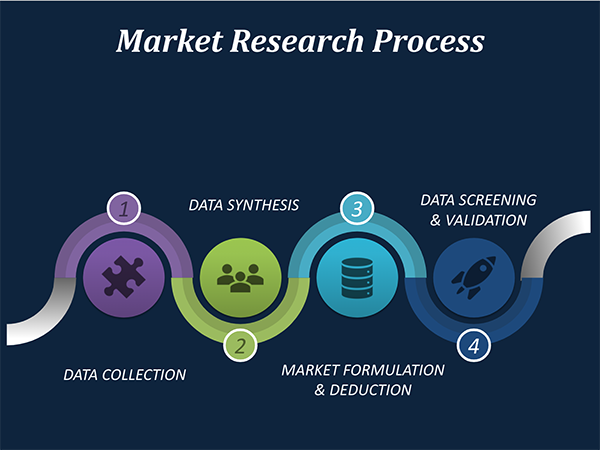
Data Collection: This stage of the market research process involves with the gathering and collecting of the market/industry related data from the sources. There are basically two types of research methods:
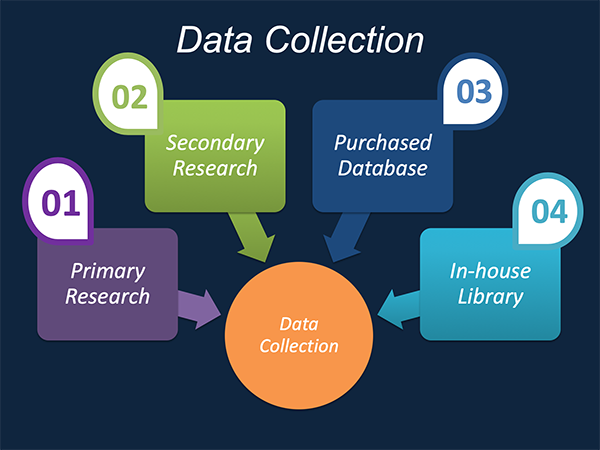
Data Synthesis: This stage includes the evaluation and assessment of all the data acquired from the primary and secondary research. It likewise includes in evaluating the information for any disparity watched while information gathering identified with the market. The data & information is gathered with consideration to the heterogeneity of sources. Scientific and statistical methods are implemented for synthesizing dissimilar information sets and provide the relevant data which is fundamental for formulating strategies. Our organization has broad involvement with information amalgamation where the information goes through different stages:
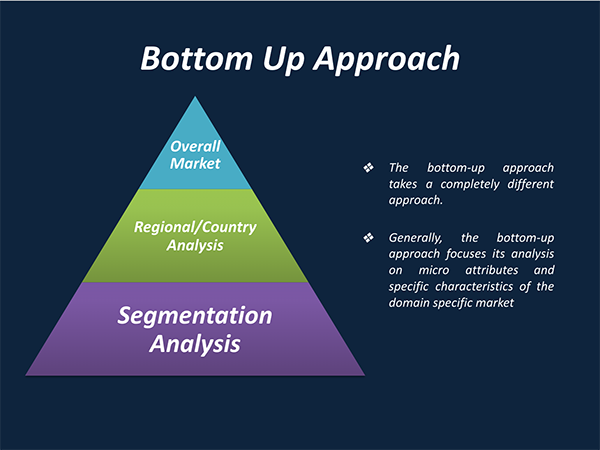
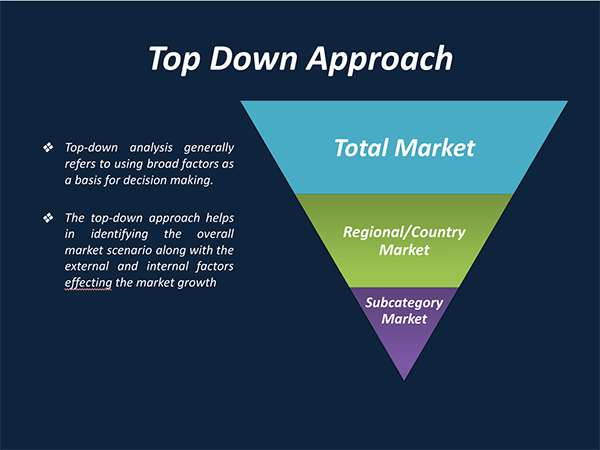
Market Formulation & Deduction: The last stage includes assigning the data & information in a suitable way in order to derive market size. Analyst reviews and domain based opinions based on holistic approach of market estimation combined with industry investigation additionally features a crucial role in this stage.
This stage includes with the finalization of the market size and numbers that we have gathered from primary and secondary research. With the data & information addition, we ensure that there is no gap in the market information. Market trend analysis is finished by our analysts by utilizing data extrapolation procedures, which give the most ideal figures to the market.
Data Validation: Validation is the most crucial step in the process. Validation & re-validation through scientifically designed technique and process that helps us finalize data-points to be used for final calculations. This stage also involves with the data triangulation process. Data triangulation generally implicates the cross validation and matching the data which has been collected from primary and secondary research methods.
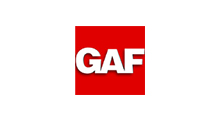

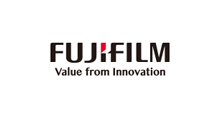
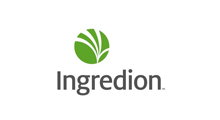

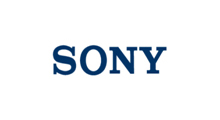
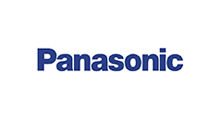
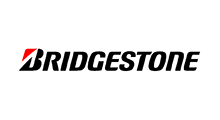
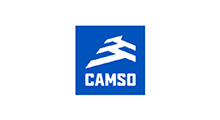
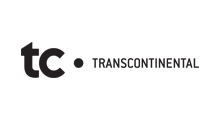
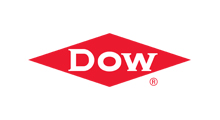
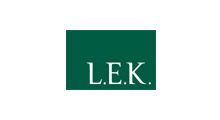
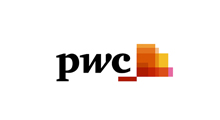

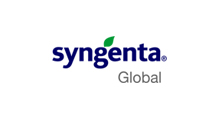

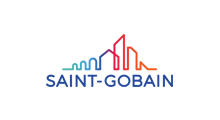
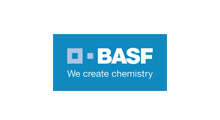
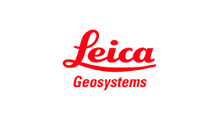
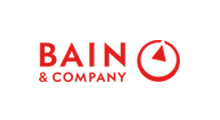
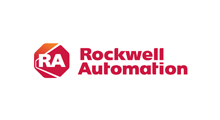
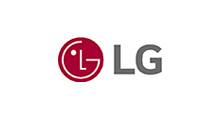
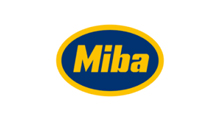
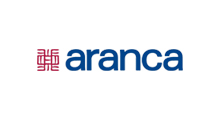
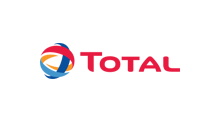
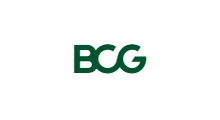
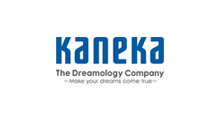
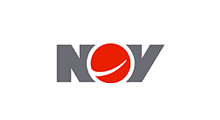
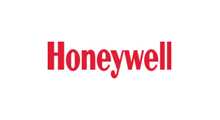
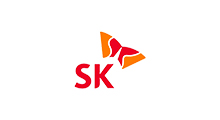
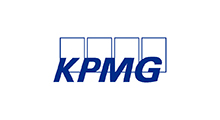
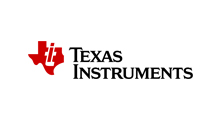
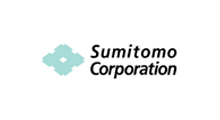
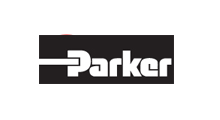
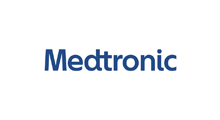
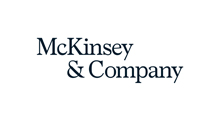
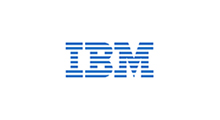
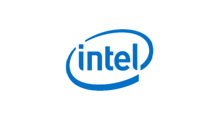
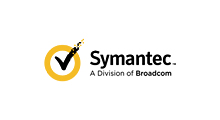
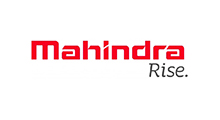
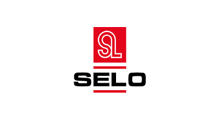
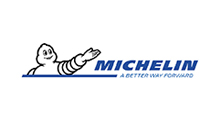
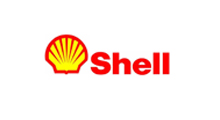


Free Customization
Countries can be added on demand
Free yearly update on purchase of Multi/Corporate User License
Companies served till date

We serve our customers 24x7 for 365 days through calls, emails and live chat options.

Huge database of exceptional market reports bringing market intelligence to your fingertips.

SSL enabled, we offer you various secured payment options for risk free purchase.